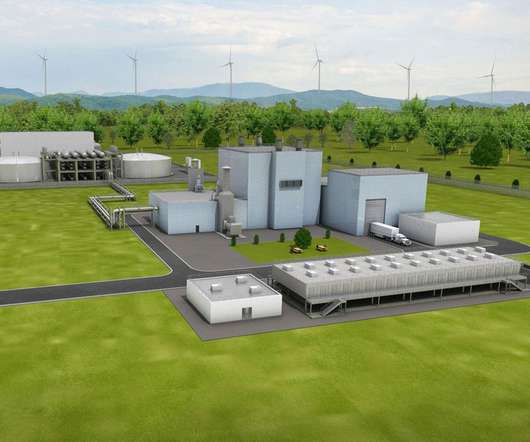New ORNL tool to assess global freshwater stress suggests that population growth could be a bigger factor in water availability than increasing temperatures
Green Car Congress
MARCH 24, 2012
An Oak Ridge National Laboratory (ORNL) paper published in Computers & Geosciences outlines a process that might help to determine the relative importance of population increases vs. climate change. Our work establishes a new method to couple geographic information system data with global climate outputs and statistical analysis.
















Let's personalize your content